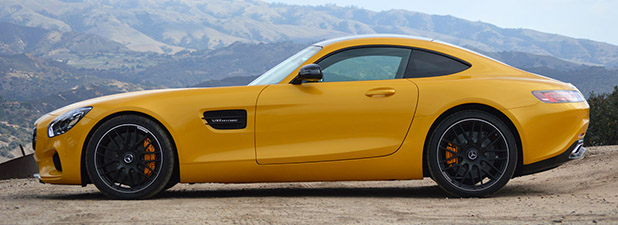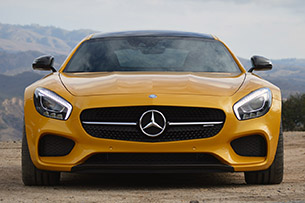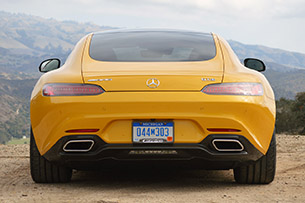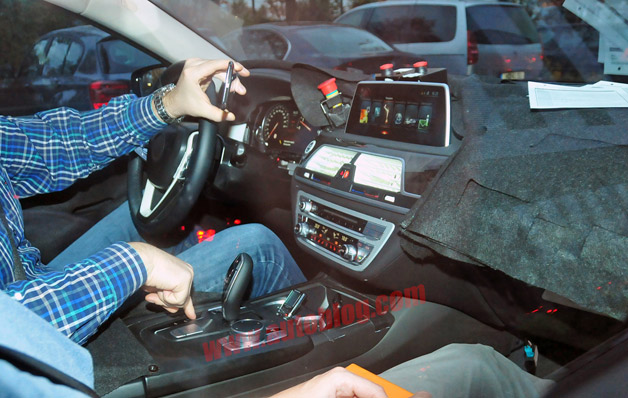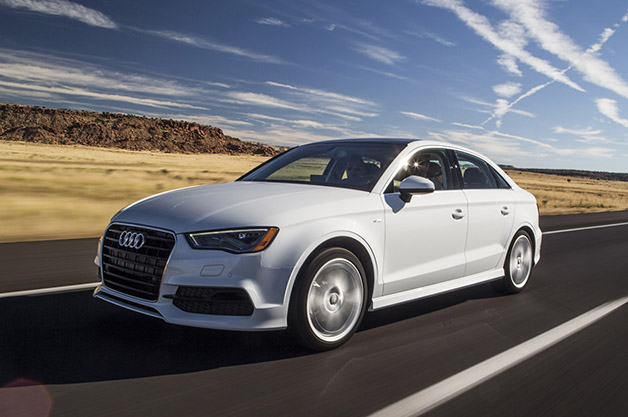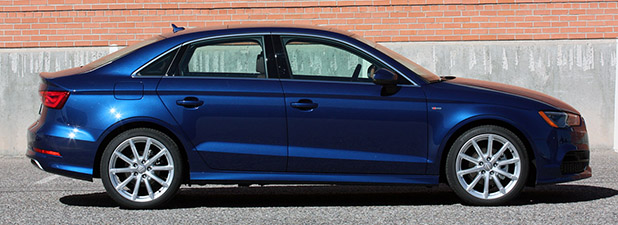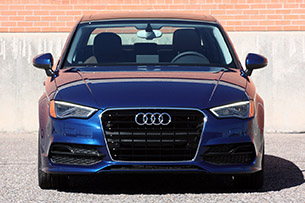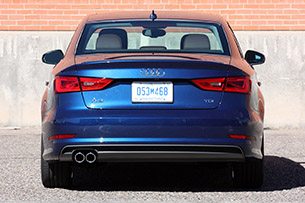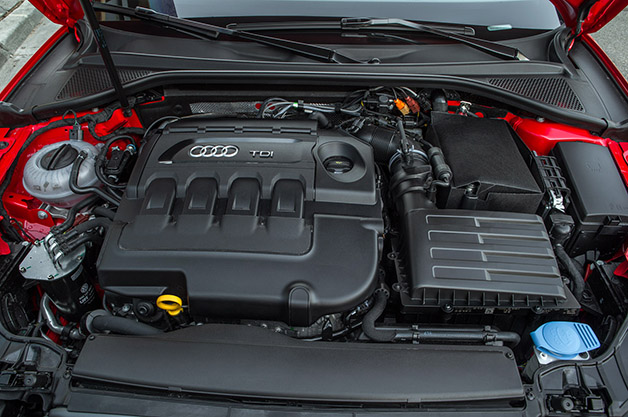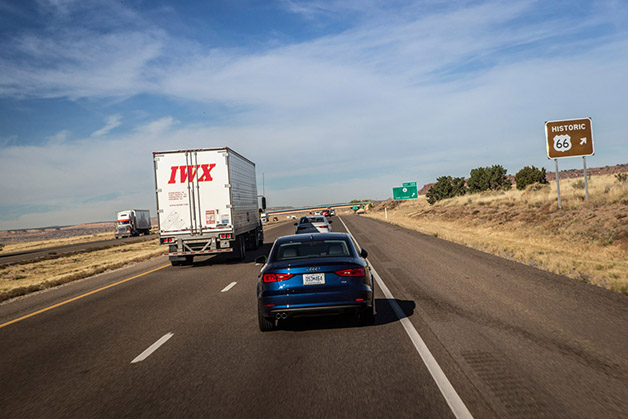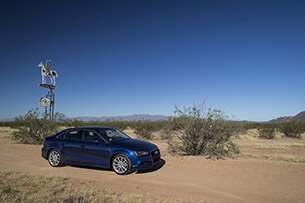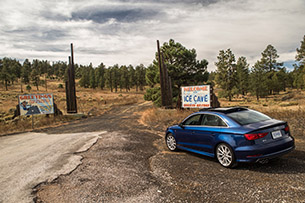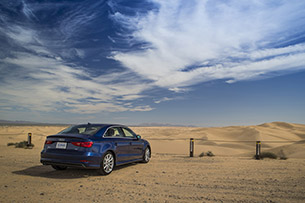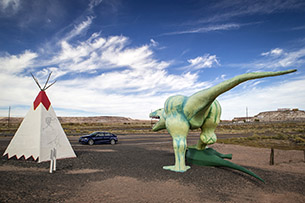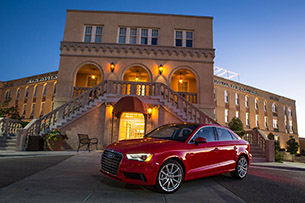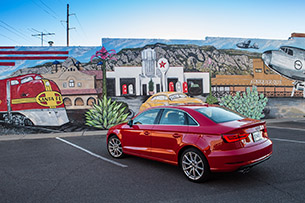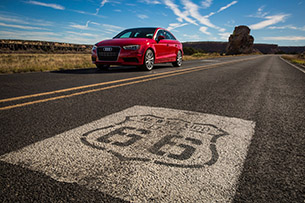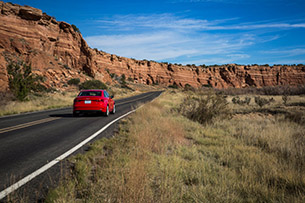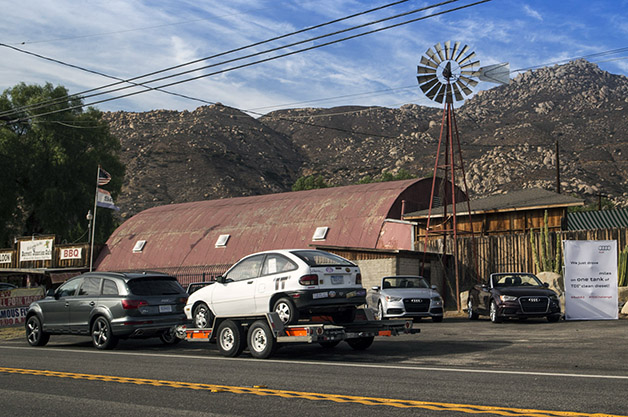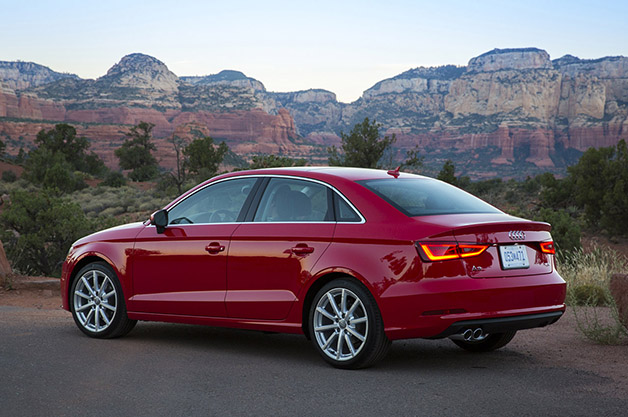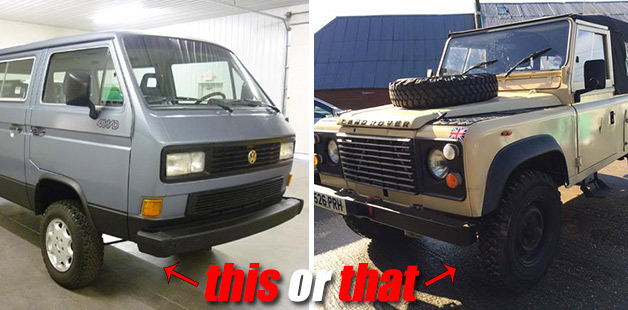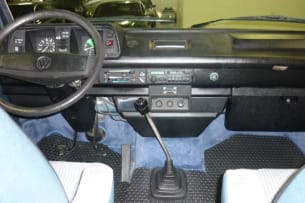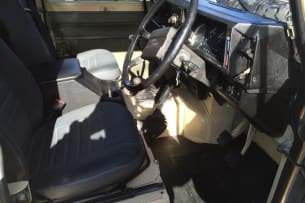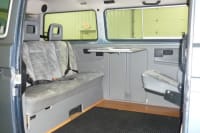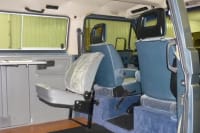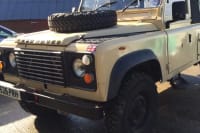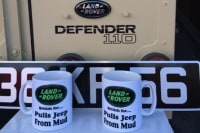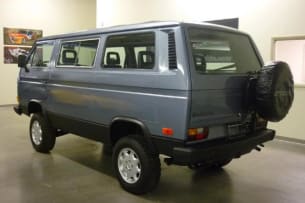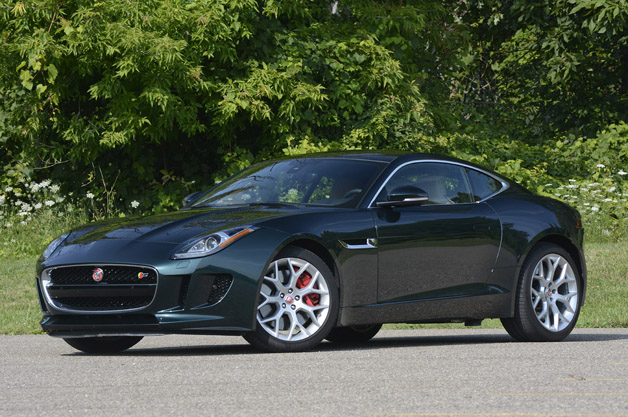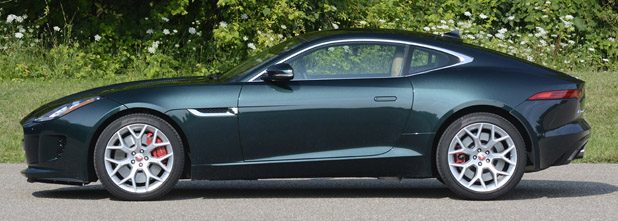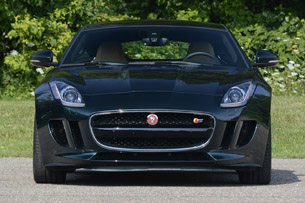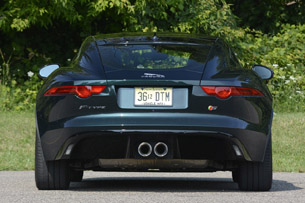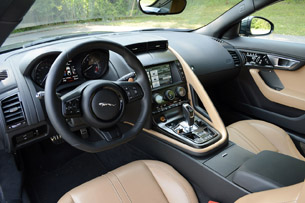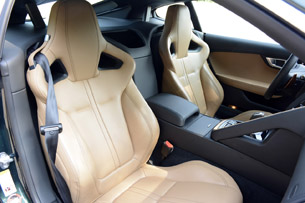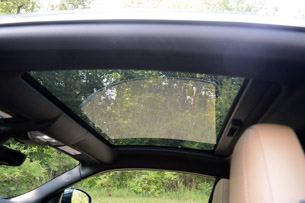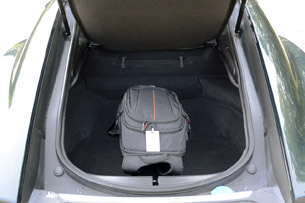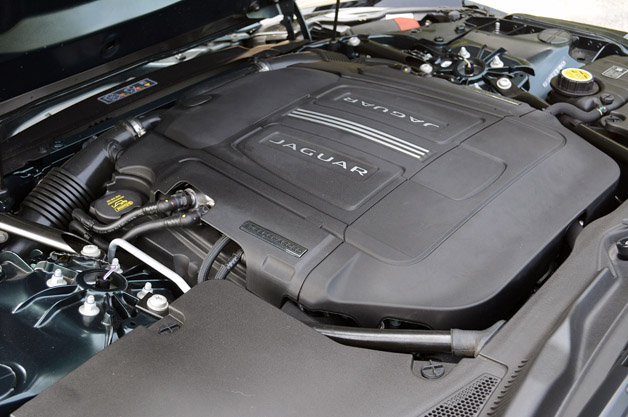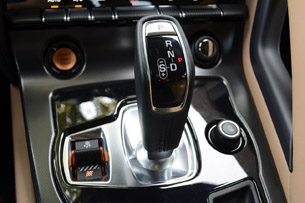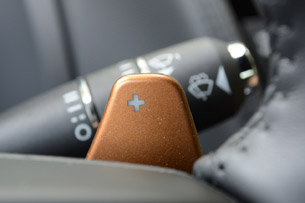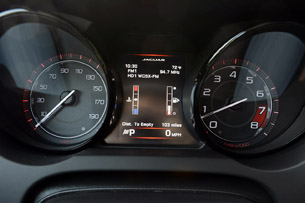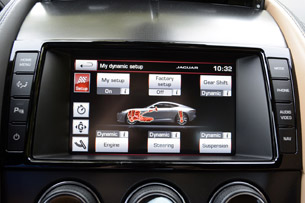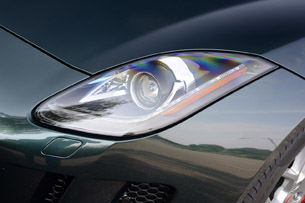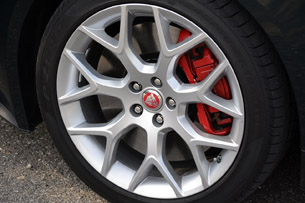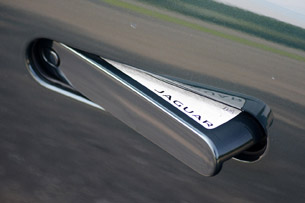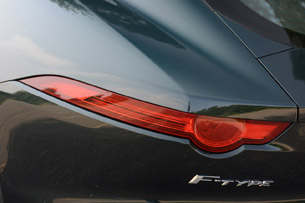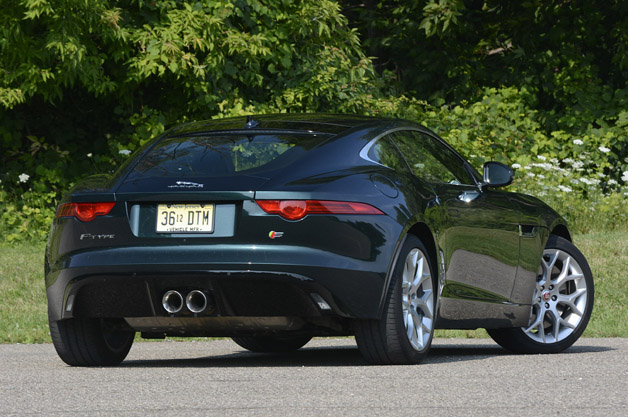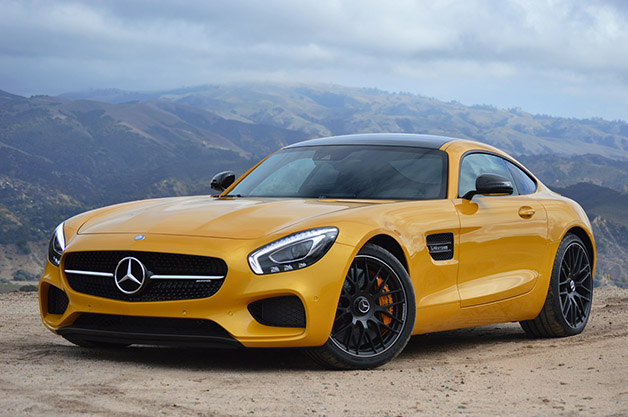
Now, this is a story about a car, not a spirit. (Don't drink and drive, kids.) But there was a moment, working my way quickly through downhill switchbacks amidst redwood trees in those hauntingly lovely stretches of California state roads between San Francisco and Laguna Seca, where the 2016 Mercedes-AMG GT S triggered the same pathways in my brain that were formed when I took that sip of whiskey. Something in the elixir of power, grip, sound and balance that made a few corners of that drive feel like the close cousins of the best corners I'd ever turned a wheel on.
Later that day, driving the familiar route of Mazda Raceway Laguna Seca in Mercedes-Benz' newest coupe, the AMG GT's technical abilities and few shortcomings would almost overwhelm the romance of those earlier, perfect seconds. Science cannot hold all art, after all. But like that perfect hit of whiskey, gifted from a wolverine I'll never drink with again, this is a car that has the capability to be beautiful at any given second you're at the helm.
The proportions of the GT could almost be comical if they
were used on a less artful assemblage of body panels.
You don't need me to tell you that this is a striking car –
I took a lot of pictures, have at them.
It does bear mentioning that this new GT is easily the most head-turning Mercedes-Benz I've ever driven. Be it because of its outright beauty of form, its newness on the road or some cocktail of those things and more, the sensuously curved Benz garnered craned necks and hand gestures of admiration wherever I drove it.
The proportions of the GT could almost be comical if they were used on a less artful assemblage of body panels. The parabolic rear deck is severely short in relationship to the massive prow, which deserves the Imperial Star Destroyer panning shot to go with its magnificent stretch. The overall effect is both classically inspired and original, a bit like the SLS AMG when it debuted, but without that car's juxtaposition of hard lines and rounded corners.
Inside, meanwhile, anyone who's had the pleasure of sitting in or driving the new S-Class will find commonality in this coupe's cockpit. That isn't to say that the two spaces look the same; rather to point out that the attention to detailing and high material quality is at the same level here. From the carpets padding the sides of the transmission tunnel to the contrast top stitching on the dash leathers, every piece I touched or looked at felt sumptuous.
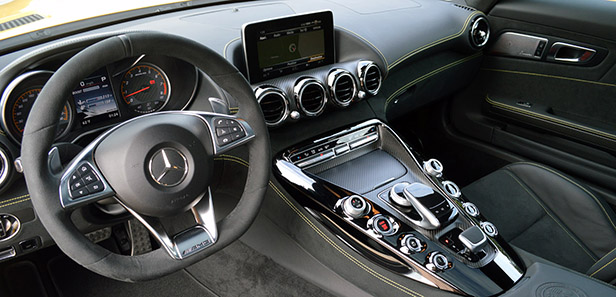
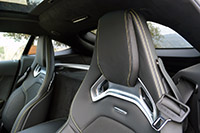
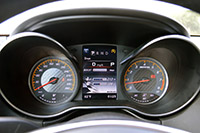
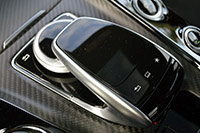
It does bear mentioning that this new GT is easily the most head-turning Mercedes-Benz I've ever driven. Be it because of its outright beauty of form, its newness on the road or some cocktail of those things and more, the sensuously curved Benz garnered craned necks and hand gestures of admiration wherever I drove it.
The proportions of the GT could almost be comical if they were used on a less artful assemblage of body panels. The parabolic rear deck is severely short in relationship to the massive prow, which deserves the Imperial Star Destroyer panning shot to go with its magnificent stretch. The overall effect is both classically inspired and original, a bit like the SLS AMG when it debuted, but without that car's juxtaposition of hard lines and rounded corners.
Inside, meanwhile, anyone who's had the pleasure of sitting in or driving the new S-Class will find commonality in this coupe's cockpit. That isn't to say that the two spaces look the same; rather to point out that the attention to detailing and high material quality is at the same level here. From the carpets padding the sides of the transmission tunnel to the contrast top stitching on the dash leathers, every piece I touched or looked at felt sumptuous.




The looks of this driver's office are outranked by how it
functions.
I should note though that the car you seen in these
photographs doesn't wear my favorite interior treatment available for the GT.
The piano-black surround for the instrumentation on the central tunnel can be
swapped out for a nicer, less smudgy matte aluminum finish, which, to my eyes,
better highlights the cool shape of that centerpiece.
The looks of this driver's office are outranked by how it functions, as soon as the starter button is pressed and the turbo-fed V8 out front snarls to life. Here, the basics of a good sports car are almost all accounted for: the seats offer lateral support from top to bottom; the steering wheel is shaped and sized perfectly for aggressive use; and even at my almost-Gigantor size (six-feet, five-inches and 240 pounds) getting comfortably positioned was never an issue.
The route I drove from downtown San Francisco to the track in Monterey County was, as I mentioned at the start, perfectly suited to showing off the GT S as a, well, GT car. Grand Touring, in the proper sense, involves athletic behavior on both high- and low-speed roads, with as few compromises to comfort or performance as can be managed.
It took just minutes on the first highway stretch out of town to see that power will never be an issue in real world driving for this Benz. That "S" following the GT name means 503 horsepower and 479 pound-feet of torque from the biturbocharged 4.0-liter V8, a bump up from the 462 hp and 443 lb-ft under the hood of the base car.
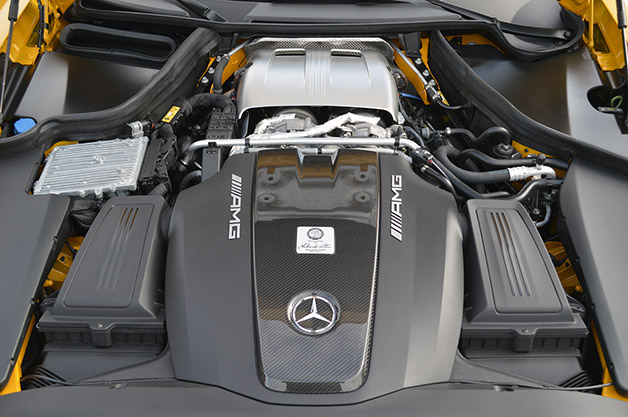
The looks of this driver's office are outranked by how it functions, as soon as the starter button is pressed and the turbo-fed V8 out front snarls to life. Here, the basics of a good sports car are almost all accounted for: the seats offer lateral support from top to bottom; the steering wheel is shaped and sized perfectly for aggressive use; and even at my almost-Gigantor size (six-feet, five-inches and 240 pounds) getting comfortably positioned was never an issue.
The route I drove from downtown San Francisco to the track in Monterey County was, as I mentioned at the start, perfectly suited to showing off the GT S as a, well, GT car. Grand Touring, in the proper sense, involves athletic behavior on both high- and low-speed roads, with as few compromises to comfort or performance as can be managed.
It took just minutes on the first highway stretch out of town to see that power will never be an issue in real world driving for this Benz. That "S" following the GT name means 503 horsepower and 479 pound-feet of torque from the biturbocharged 4.0-liter V8, a bump up from the 462 hp and 443 lb-ft under the hood of the base car.

I found practically zero delay between tipping into the
throttle and feeling the GT leap forward into space.
Bear in mind that AMG used a mix of steel, light
alloy and magnesium to body this aluminum spaceframe car, meaning the engine
has fewer than 3,500 pounds to pull around. That's lighter than competitors
like the Porsche 911 Turbo, Jaguar F-Type R Coupe and
the Audi R8 V10.
Working through an ultra-responsive, seven-speed dual-clutch transmission, I found practically zero delay between tipping into the throttle and feeling the GT leap forward into space. Passing lesser cars (almost all of them) on Highway 1 was addictive and effortless, while jumping past slower traffic on two-lane roads was only more dramatic for the sound of the exhaust ricocheting off the nearby trees and boulders.
Of course, if quiet reflection at 100 miles per hour is more your thing, the GT S can do that, too. I ran almost exclusively with the dual mode exhaust in its sport setting, but adjusting that to the default allows for a remarkably calm cruiser. With the radio off, the only highway noise that's higher than average comes from those massive rear tires, but even still, this is a very hushed, wind-noise-free place when it needs to be.
There is a similar hard/soft duality to the GT where ride and handling are concerned. Of course, the car is fitted with Mercedes-AMG's Dynamic Select modular drive system, in this instance able to offer drivers their choice between four distinct personalities: Comfort, Sport, Sport Plus and Race.
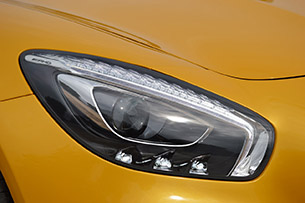
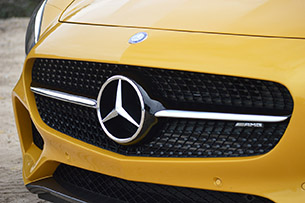
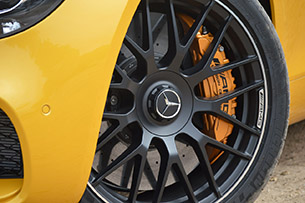
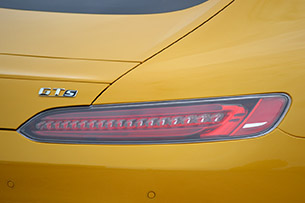
Working through an ultra-responsive, seven-speed dual-clutch transmission, I found practically zero delay between tipping into the throttle and feeling the GT leap forward into space. Passing lesser cars (almost all of them) on Highway 1 was addictive and effortless, while jumping past slower traffic on two-lane roads was only more dramatic for the sound of the exhaust ricocheting off the nearby trees and boulders.
Of course, if quiet reflection at 100 miles per hour is more your thing, the GT S can do that, too. I ran almost exclusively with the dual mode exhaust in its sport setting, but adjusting that to the default allows for a remarkably calm cruiser. With the radio off, the only highway noise that's higher than average comes from those massive rear tires, but even still, this is a very hushed, wind-noise-free place when it needs to be.
There is a similar hard/soft duality to the GT where ride and handling are concerned. Of course, the car is fitted with Mercedes-AMG's Dynamic Select modular drive system, in this instance able to offer drivers their choice between four distinct personalities: Comfort, Sport, Sport Plus and Race.




It was dangerously easy to hustle the coupe around narrow
switchbacks with grace and precision.
I'm so used to AMG products expressing their handling
capabilities in a brutal fashion – heavy steering, tremendous grip – that I'll
admit to be taken aback by the way the GT danced through the redwood forests
and over coastal hills. The car was like a live thing under my hands in these
environs. Set to Sport Plus – my favorite of the default configurations of
transmission and throttle response, suspension firmness, steering weight, etc.
– it was dangerously easy to hustle the coupe around narrow switchbacks with
grace and precision. Some of that was down to the supremely balanced chassis underneath
me, to be sure, but a lot more was due to the excellent steering feel offered
up. Though not so talkative as to be tiring over the long haul, the levels of
feedback through the wheel were really impressive. Turn-in was especially
quick, too, with rapid changes of direction executed as if I were exactly the
center of mass for the fast-moving car.
The Mercedes-AMG GT S is a frighteningly complex machine, one in which electronics play a lead role in creating the driving experience. So I was shocked to see how natural and un-tech-like the experience of driving through Northern California really is; feeling for all the world like a simple, balanced, throwback sports car rather than a spacecraft for the road. If you're looking for a reason to own this car, you'll find it somewhere desolate and winding, where your confidence will grow with every well-turned corner, your admiration for the machine expanding on the same trajectory.
But as I alluded to at the top of this piece, the second sip of a new favorite whisky might never be as perfect as that first one, and the circumstances that had me falling a little bit in love with the GT S were similarly fleeting.
The Mercedes-AMG GT S is a frighteningly complex machine, one in which electronics play a lead role in creating the driving experience. So I was shocked to see how natural and un-tech-like the experience of driving through Northern California really is; feeling for all the world like a simple, balanced, throwback sports car rather than a spacecraft for the road. If you're looking for a reason to own this car, you'll find it somewhere desolate and winding, where your confidence will grow with every well-turned corner, your admiration for the machine expanding on the same trajectory.
But as I alluded to at the top of this piece, the second sip of a new favorite whisky might never be as perfect as that first one, and the circumstances that had me falling a little bit in love with the GT S were similarly fleeting.
I can deal with the poor side and rear visibility issues,
but the dead-ahead vantage should be as clear as possible.
Even before putting the car to the ultimate dynamic test at
the raceway, issues with visibility started to gnaw at me a little. The low
roofline and those fat A-pillars are the primary offenders; they cut pretty
severely into my direct line of sight whenever coming into a corner, especially
turning left. Going the other direction, the rearview mirror intrudes, as it
takes up a much larger percentage of the total forward view than in most
normally shaped vehicles. Given the looks of this car and predilections of the
segment, I can deal with the poor side and rear visibility issues, but the
dead-ahead vantage should be as clear as possible.
Finally, when lapping Laguna (which has a lot more left turns than right), the same damned pillar cut into view as I worked to position the car for each upcoming corner. I'm not a racecar driver, but coupled with a helmet, the visibility issue was quite real (and something that I've never struggled with in the über-competitor Porsche 911).
Whereas on the street I felt at liberty to really enjoy the AMG GT's balance and fine steering, on a fast track, my driving experience was dominated by top-end engine response and tires. The Michelin Pilot Sport Cup 2 rubber, 265-section at the front and 295 at the rear, provided phenomenal mechanical grip at high speeds when I placed the car just right in each curve, and allowed for excellent transmission of power when getting on the throttle.
Lapping in both Sport Plus mode and Race, I found the former to be slightly too controlling for the motorsports life, while the latter really loosened up the rear of the car. Set to Race, I probably had just as many power-oversteer moments as I did knife-like corners, but that was down to my skill and not the precision of the machine. There's no question in my mind that the AMG engineers have a raceworthy platform here, should its coming owners demand that capability.
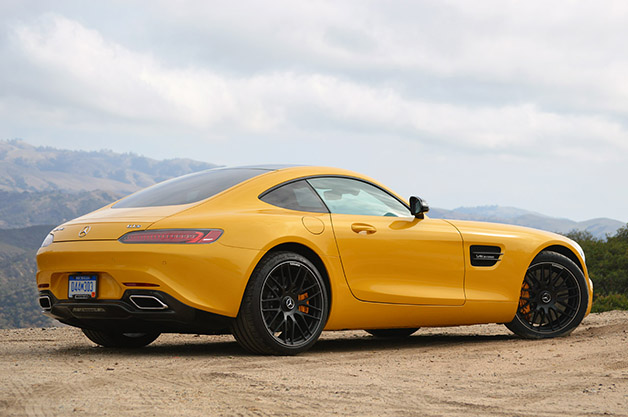
Finally, when lapping Laguna (which has a lot more left turns than right), the same damned pillar cut into view as I worked to position the car for each upcoming corner. I'm not a racecar driver, but coupled with a helmet, the visibility issue was quite real (and something that I've never struggled with in the über-competitor Porsche 911).
Whereas on the street I felt at liberty to really enjoy the AMG GT's balance and fine steering, on a fast track, my driving experience was dominated by top-end engine response and tires. The Michelin Pilot Sport Cup 2 rubber, 265-section at the front and 295 at the rear, provided phenomenal mechanical grip at high speeds when I placed the car just right in each curve, and allowed for excellent transmission of power when getting on the throttle.
Lapping in both Sport Plus mode and Race, I found the former to be slightly too controlling for the motorsports life, while the latter really loosened up the rear of the car. Set to Race, I probably had just as many power-oversteer moments as I did knife-like corners, but that was down to my skill and not the precision of the machine. There's no question in my mind that the AMG engineers have a raceworthy platform here, should its coming owners demand that capability.

I expect the early shock and awe of seeing this beautiful
Mercedes design will open more than a few checkbooks.
Let push come to shove, though, and I'd rather drive the GT
on the road than on the track, which is something you'll very rarely hear me
admit to. Of course, the coupe can be (and will be) very fast around a circuit,
but the effortless way it does the Grand Touring bit is just more impressive to
me. In that style, the Mercedes feels like the best car in the class – on the
track it's one more face in the high-dollar crowd.
Just how high you'll have to stack those dollars to own the GT S is still an open question. Mercedes hasn't given us official pricing yet, though word around the car-journo water cooler is that $110,000-ish is likely for the GT, with perhaps $130k being asked for the GT S. The more powerful S version will be the first to American dealers, in the spring of next year, so we'll be looking for firm figures over the next weeks.
Assuming my price predictions are quasi-accurate, the GT should be right up in the rearview mirrors of its competitor cars from BMW, Audi, Porsche and Jaguar. There are interesting tradeoffs to be seen in terms of power, weight and/or price with all of those rivals, but I expect the early shock and awe of seeing this beautiful Mercedes design will open more than a few checkbooks.
Just how high you'll have to stack those dollars to own the GT S is still an open question. Mercedes hasn't given us official pricing yet, though word around the car-journo water cooler is that $110,000-ish is likely for the GT, with perhaps $130k being asked for the GT S. The more powerful S version will be the first to American dealers, in the spring of next year, so we'll be looking for firm figures over the next weeks.
Assuming my price predictions are quasi-accurate, the GT should be right up in the rearview mirrors of its competitor cars from BMW, Audi, Porsche and Jaguar. There are interesting tradeoffs to be seen in terms of power, weight and/or price with all of those rivals, but I expect the early shock and awe of seeing this beautiful Mercedes design will open more than a few checkbooks.
Unexpected instants of excellence bubble up in every life now and again. If they occur to me at parties or on pristine roads, I'm happy if I can simply recognize them and oblige the universe for sending them my way. When a vehicle is special enough to dole out those treasured instants, on golden afternoons or stolen mornings, I say grab it and drive on.
Image Credit: Copyright 2014 Seyth Miersma / AOL
source: autoblog
by Seyth Miersma
